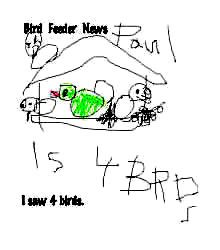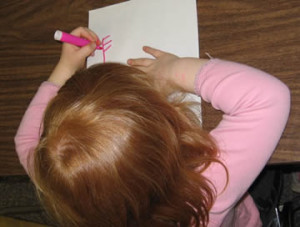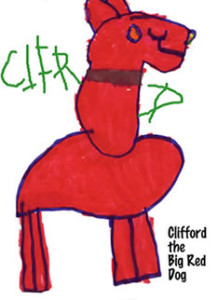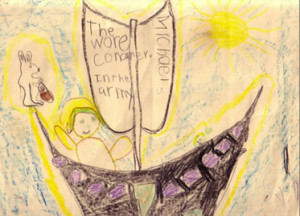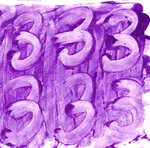Introduce kindergarten writing experiences to your students on a daily basis. This does not mean worksheets!
Children gain skills as they participate in daily meaningful writing activities.
They learn that their thoughts are valuable, that words can be written down and that the meaning of those marks on the paper remains the same.
Many kindergarten students are in the emergent stage of writing. They may have ideas they want to share with drawings and/or by using random scribbles and letters.
Giving students many experiences to write about, writing down their oral language, and teaching them letters and letter sounds all encourage children to record their thoughts.
Kindergarten children are working towards being able to:
- create simple messages using pictures, symbols, letters, and words
- take part in conversations before writing to come up with ideas
- use spelling that incorporates their knowledge of letter / sound associations (e.g. cdls for cuddles)
- copy words
- print the letters of the alphabet, their own name, and simple words
- share their writings with others
Kindergarten Writing Development
Encourage children to take risks . Once or twice a week, model making mistakes to show the children that making mistakes is fine and how we learn.
Make an odd looking letter and say, “Now how could I have made that letter differently?” “Mmm, I started my M at the bottom, maybe if I try it again starting from the top.” Make lopsided letters or an “m” with one tiny bump and one huge.
Kids that are sensitive about making “mistakes” find this funny and become more comfortable with the learning process.
How does children’s writing develop?
Stage 1 – Drawing/Picture Writing & Scribbling
- Children begin expressing their thoughts, feelings and ideas with pictures and scribblings.
Stage 2 – Random Letters
- Children begin to print their own names and put “strings” of letters across the page.
- They often copy reading and writing behaviors at this point.
Stage 3 – Semi-phonetic (Early Spelling)
- Children begin to use their knowledge of some letters and letter sounds to print words.
- Some start writing from left to right especially when the process of printing words is demonstrated for them daily.
- Reversals are common – don’t worry.
Stage 4 – Phonetic
- Children have now learned more letter/sound associations (the sound of “m” is mmmm) and are applying them to their writing.
- They often get the beginning and end sounds of words correct, but use vowels less frequently.
Stage 5 – Transitional Spelling
- Children start to remember things like leaving spaces between words, a capital letter at the beginning of a sentence and even a period or question mark at the end.
- They often write more than one sentence and are applying many letter/sound associations.
Stage 6 – Conventional Spelling
- Children can now spell many words correctly and have memorized many words that do not sound out easily.
- They call upon their knowledge of phonics to spell words that they are unfamiliar with and will check how words are spelled in child friendly dictionaries.
What about printing numbers?
- Like anything else to do with young children, teach them in ways that involve their senses.
- Rather than starting with worksheets, try teaching children to print numbers with finger painting or sand trays.
- Keep samples of the number being practiced close to where the children are working.
Use open-ended projects to involve all stages of writing
Projects such as the ones in my ebook, “Challenging Children to Investigate with Everyday Things”, have open-ended recording sheets so children at all levels of kindergarten writing development can record what they have noticed or discovered through their investigations.
Check it out here if you’d like to read more…
